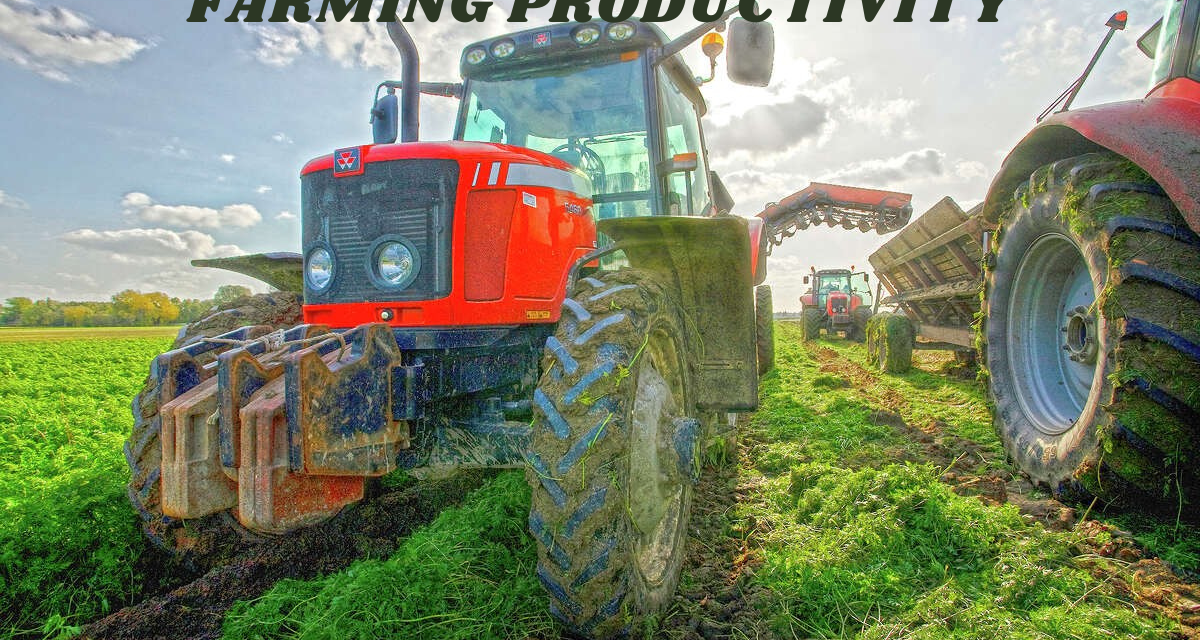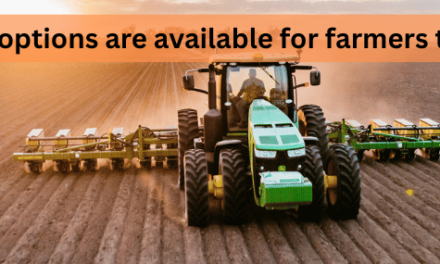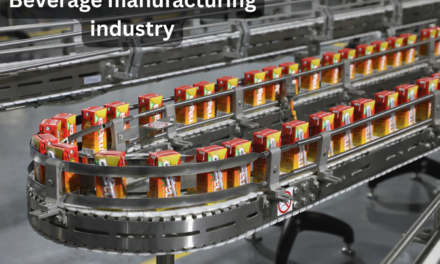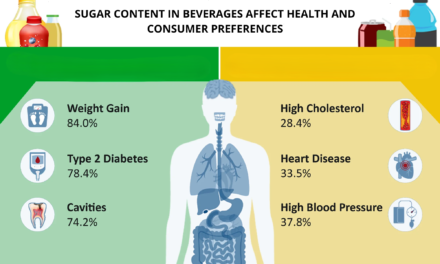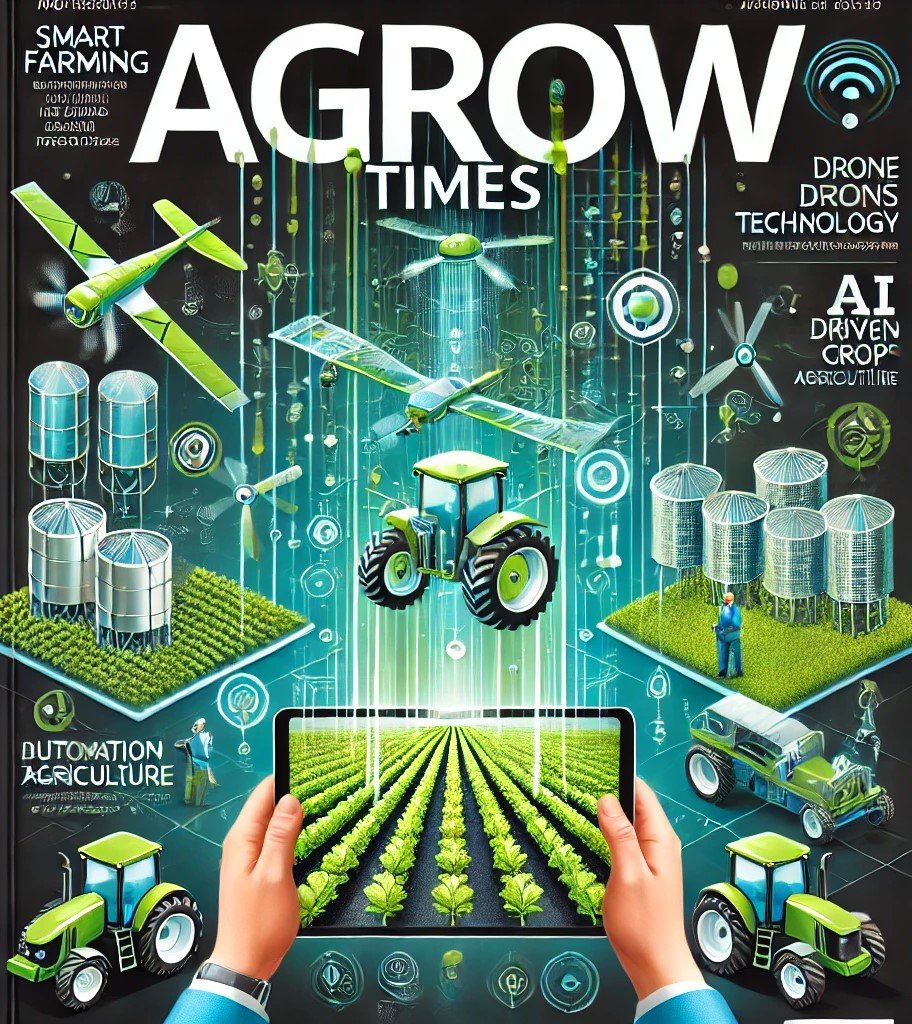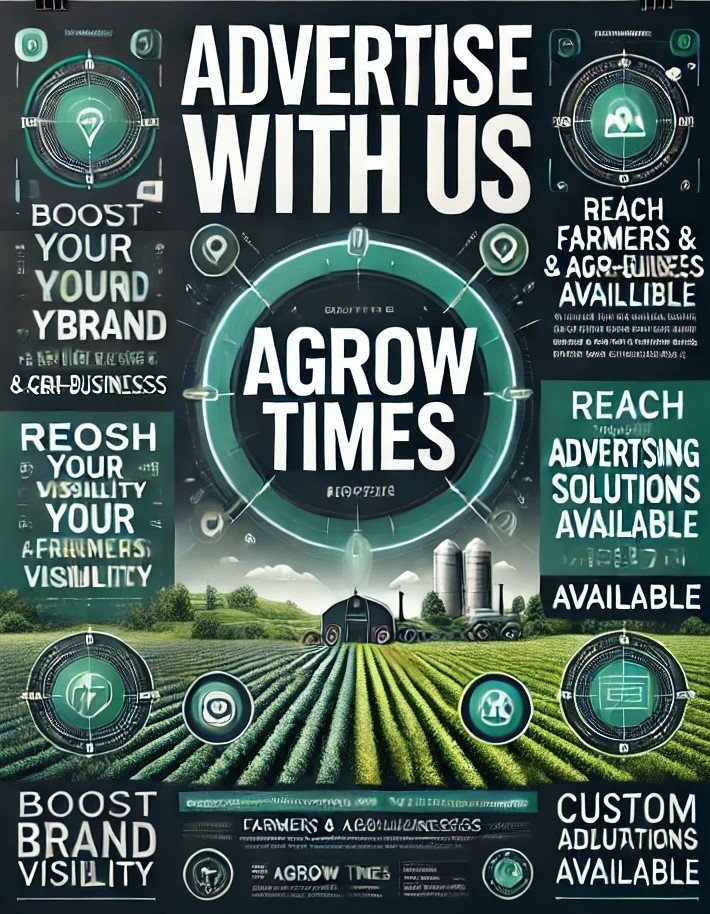Modern tractors have revolutionized farming productivity by integrating advanced technology, increasing efficiency, and reducing labor-intensive practices. Here’s how modern tractors have improved farming productivity:
1. Increased Efficiency
- High-Horsepower Engines: Modern tractors are equipped with powerful engines that enable faster completion of tasks like plowing, tilling, and harvesting, even on larger fields.
- Multi-Purpose Functionality: Tractors can now perform multiple tasks with interchangeable attachments such as plows, seeders, sprayers, and harvesters, reducing the need for additional machinery.
2. Precision Farming Integration
- GPS and Auto-Steering Systems: These technologies help ensure precise row planting, minimize overlaps, and reduce input wastage (e.g., seeds, fertilizers).
- Variable Rate Technology (VRT): Tractors equipped with VRT can apply fertilizers, seeds, or chemicals at variable rates depending on the field’s requirements, optimizing resource use.
- Real-Time Data Collection: Sensors and telematics in tractors provide data on soil conditions, crop health, and machine performance, enabling informed decision-making.
3. Reduced Labor and Time
- Automation and Robotics: Automated tractors can operate without human intervention, allowing farmers to focus on other aspects of farm management.
- Faster Work Rates: Larger, more powerful tractors can cover extensive areas in less time compared to traditional or older models, significantly reducing labor costs and operational hours.
4. Enhanced Safety and Comfort
- Ergonomic Design: Modern tractors have air-conditioned cabs, ergonomic seating, and user-friendly controls, ensuring operator comfort during long hours of work.
- Advanced Safety Features: Features like rollover protection systems (ROPS), seat belts, and collision avoidance systems reduce accidents and ensure operator safety.
5. Environmental Sustainability
- Fuel Efficiency: Modern tractors are designed with fuel-efficient engines that lower fuel consumption, reducing operational costs and environmental impact.
- Reduced Soil Compaction: Tractors with tracks or wider tires distribute weight more evenly, minimizing soil compaction and preserving soil health.
- Electric and Hybrid Models: Emerging electric and hybrid tractors reduce emissions and dependence on fossil fuels.
6. Scalability for Small and Large Farms
- Compact Models for Small Farms: Compact tractors cater to the needs of small-scale farmers, allowing them to mechanize tasks affordably.
- High-Capacity Models for Large Farms: Large, advanced tractors are suitable for industrial-scale operations, increasing productivity across vast tracts of land.
7. Integration with Smart Farming Ecosystems
- Connectivity with IoT Devices: Tractors are now part of interconnected farming ecosystems, where data from drones, weather sensors, and satellite imagery informs tractor operations.
- Mobile App Control: Some tractors can be monitored and controlled via smartphone apps, offering farmers remote access to their equipment.

